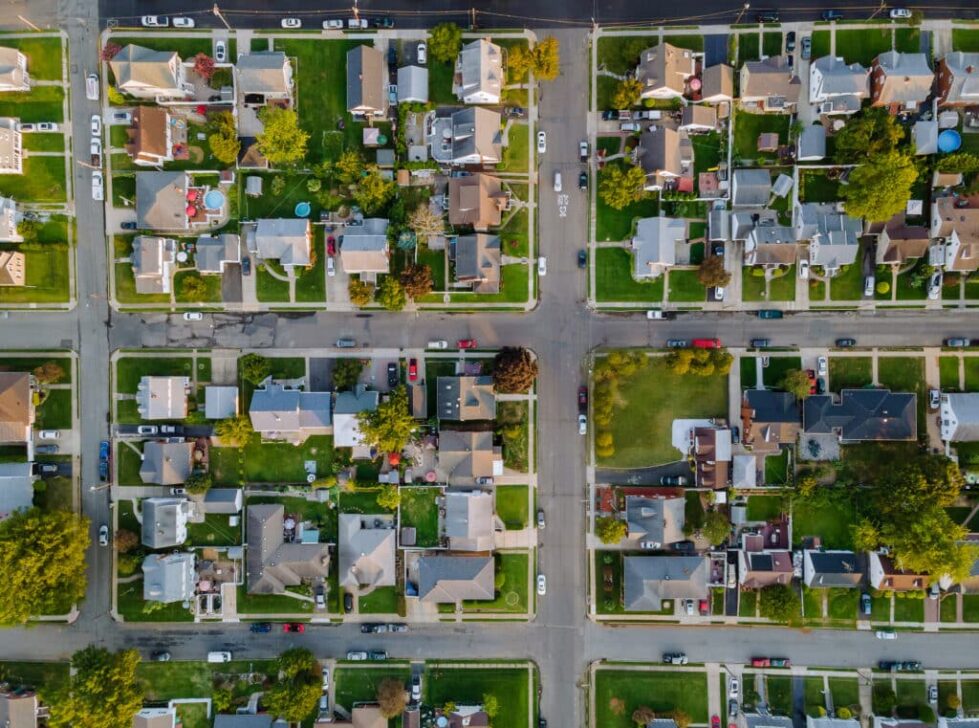According to ATTOM’s Q1 2025 U.S. Home Affordability Report, in the first quarter of 2025, median-priced single-family homes and condos remain less affordable than historical averages in 97 percent of U.S. counties with sufficient data. This continues a three-year trend in which homeownership demands an unusually high share of wages, as home prices nationwide stay at or near record highs.
The report also indicates that major expenses on median-priced homes now account for 32 percent of the average national wage. This figure is nearly unchanged from the fourth quarter of last year but represents a one-point increase from a year ago, keeping it above the commonly recommended 28 percent lending benchmark favored by most lenders.
ATTOM’s latest home affordability analysis revealed that the current and historical affordability figures highlight how homeownership continues to be a financial challenge for the average American worker. This comes despite a slight dip in the national median home price to $351,000 this quarter, reflecting the typically slower winter buying season. However, with mortgage rates still hovering near 7 percent, the modest price decline isn’t enough to bring the cost of ownership back within affordable levels relative to wages.
The report stated that the latest figures add to a four-year trend in which the cost of owning a typical single-family home or condo has consistently outpaced wage growth across the U.S. In 14 of the past 16 quarters—dating back to early 2021—housing expenses have either risen faster or fallen more slowly than average wages, steadily eroding affordability for prospective homebuyers.
The latest home affordability report measures affordability for average wage earners by estimating the income needed to cover major monthly homeownership costs—including mortgage payments, property taxes, and insurance—on a median-priced single-family home. The calculation assumes a 20 percent down payment and follows the standard 28 percent “front-end” debt-to-income ratio. This required income is then compared to annualized average weekly wage data from the U.S. Bureau of Labor Statistics.
The affordability report found that in the first quarter of 2025 as home values continue to climb across much of the U.S., year-over-year price gains outpaced growth in weekly annualized wages during the first quarter of 2025 in 269 counties—about 46.9 percent of those analyzed. In the remaining 53.1 percent, wages grew faster than home prices. This near-even split has helped keep overall home affordability relatively steady compared to a year ago.
In this post, we take a more granular look at the data behind ATTOM’s latest U.S. Home Affordability Report to reveal the top 10 U.S. counties with the largest yearly increase in Affordability Indexes in first-quarter 2025. Among those counties with a population of at least 100,000 and at least 50 single-family home and condo sales in the first quarter of 2025, those with the largest increase in affordability index (under 100 is less affordable than historic average) are enumerated. Additionally, we provide a comparison with Q1 2025 and Q1 2024 Indexes.
#10 – Scott County, IA
- YOY Percentage Change in Index: 17%
- Q1 2005 Affordability Index: 92
- Q1 2024 Affordability Index: 90
#9 – Tuscaloosa County, AL
- YOY Percentage Change in Index: 17%
- Q1 2005 Affordability Index: 91
- Q1 2024 Affordability Index: 81
#8 – Blair County, PA
- YOY Percentage Change in Index: 18%
- Q1 2005 Affordability Index: 108
- Q1 2024 Affordability Index: 95
#7 – Douglas County, GA
- YOY Percentage Change in Index: 20%
- Q1 2005 Affordability Index: 77
- Q1 2024 Affordability Index: 71
#6 – Jefferson County, AL
- YOY Percentage Change in Index:23%
- Q1 2005 Affordability Index: 150
- Q1 2024 Affordability Index: 122
#5 – Madison County, AL
- YOY Percentage Change in Index: 24%
- Q1 2005 Affordability Index: 86
- Q1 2024 Affordability Index: 76
#4 – Rensselaer County, NY
- YOY Percentage Change in Index: 29%
- Q1 2005 Affordability Index: 122
- Q1 2024 Affordability Index: 90
#3 – Black Hawk County, IA
- YOY Percentage Change in Index: 38%
- Q1 2005 Affordability Index: 97
- Q1 2024 Affordability Index: 84
#2 – Mercer County, PA
- YOY Percentage Change in Index: 73%
- Q1 2005 Affordability Index: 148
- Q1 2024 Affordability Index: 110
#1 – Linn County, IA
- YOY Percentage Change in Index: 130%
- Q1 2005 Affordability Index: 83
- Q1 2024 Affordability Index: 76
Want to learn more about home affordability trends in your area? Contact us to find out how!
Written by: Megan Hunt

